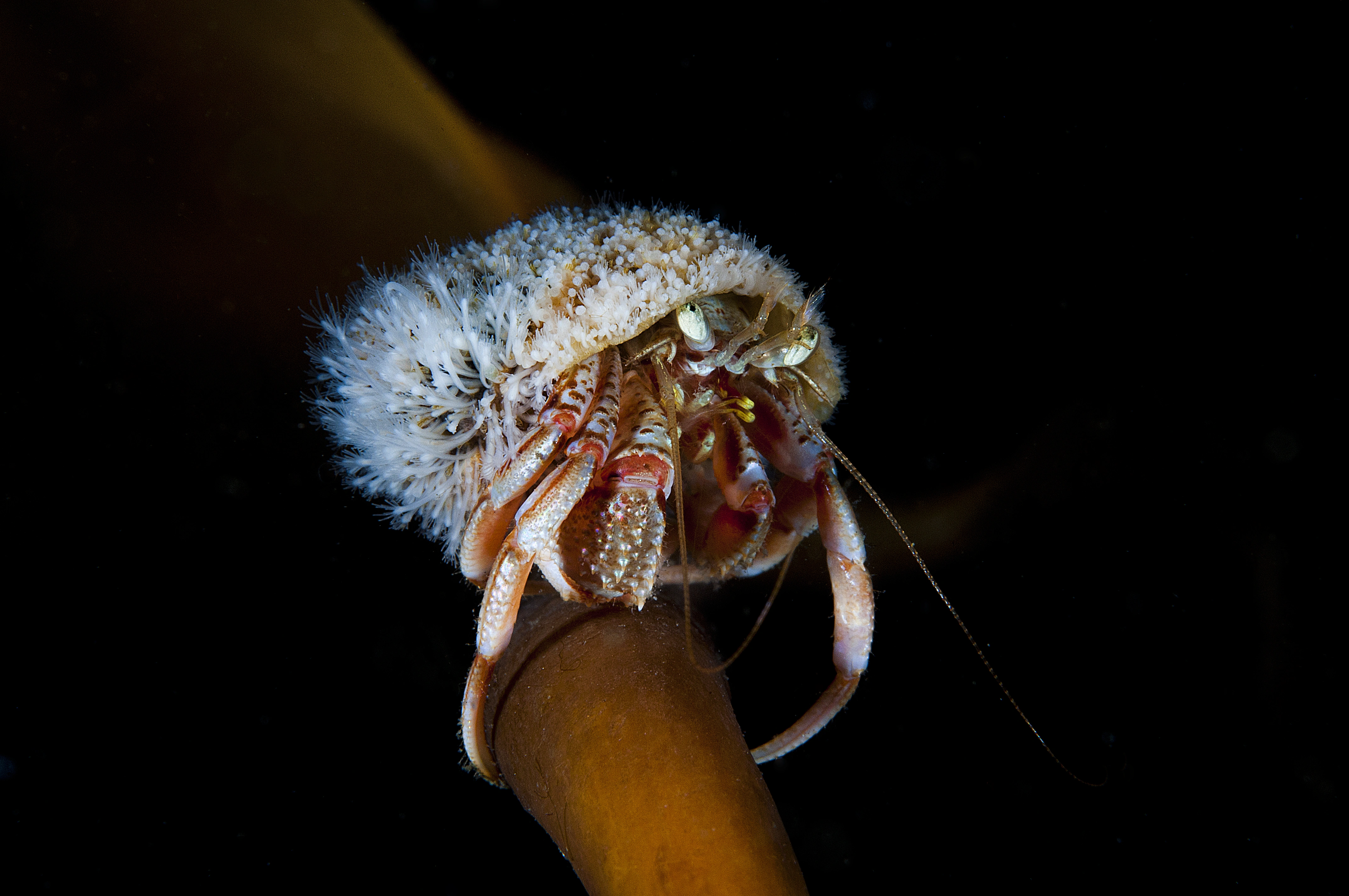Clavactinia
The three species of Clavactinia are united by molecular (DNA) characters, but the shape and structure of their colonies are so diverse that this genus does not currently have a morphological definition. One species occurs in Norway.
Identification
There are no morphological characteristics that separate Clavactinia from other genera in the family (in particular Hydractinia). However, in Norway the combination of an Arctic habitat, preference for Buccinum snails as substrate, and the presence of serrated spines can help in the identification of the single species occurring in Norwegian waters, Clavactinia serrata.
Look-alikes
In their current form, Hydractinia and Clavactinia are so similar that from a morphological point of view they could be fused together in one genus. Whether a species belongs to one or the other genus is decided based on their DNA sequences.
Biology, ecology and behavior
The three species of Clavactinia occur in different parts of the world and grow on different substrates. At genus level, Clavactinia colonies can be found on shells either inhabited by snails (Eburna, Neritina, and Nassarius in the tropical Indian Ocean, Buccinum in the Arctic Ocean) or by hermit crabs (Diacanthurus rubricatus, in New Zealand).
Taxonomy
Genus Clavactinia was originally erected to accommodate species with polyps that had scattered tentacles like those in Clava, but were in colonies that resembled Hydractinia. However, the new definition of the genus also includes species without this characteristic, such as C. serrata. Clavactinia was considered a synonym of Hydractinia for many years, and much of the information for the Norwegian species is still under the old name Hydractinia serrata.
References
Thornely LA (1904). Report on the Hydroida collected by professor Herdman, at Ceylon, in 1902. Report to the Government of Ceylon on the pearl oyster fisheries of the Gulf of Manaar 2, no. suppl. Rep. 8: 107–126.
Schuchert P (2008). The European athecate hydroids and their medusae (Hydrozoa, Cnidaria): Filifera Part 3. Revue suisse de Zoologie 115(2):221–302.

